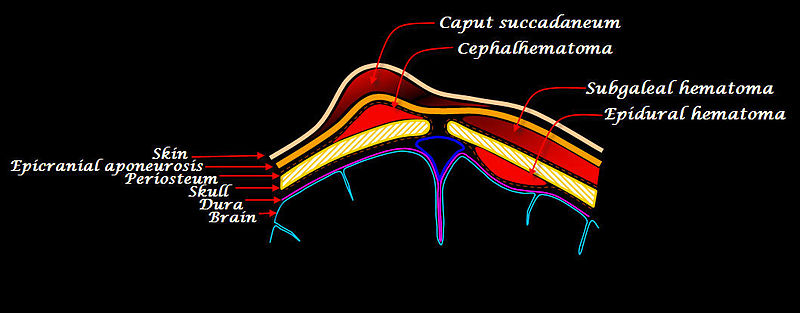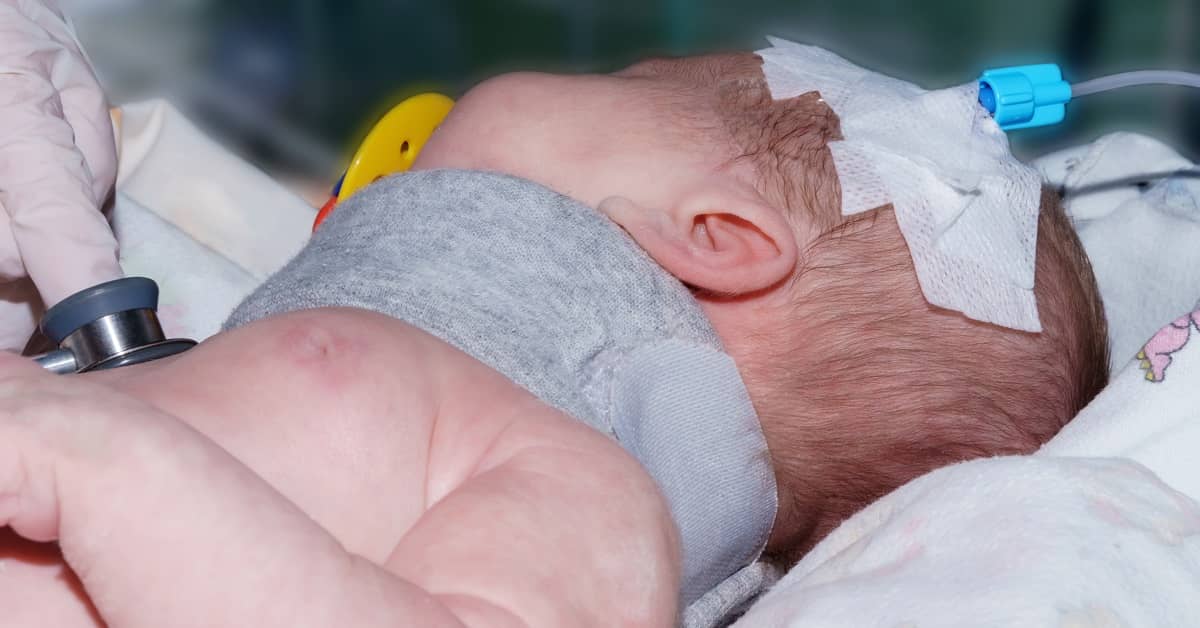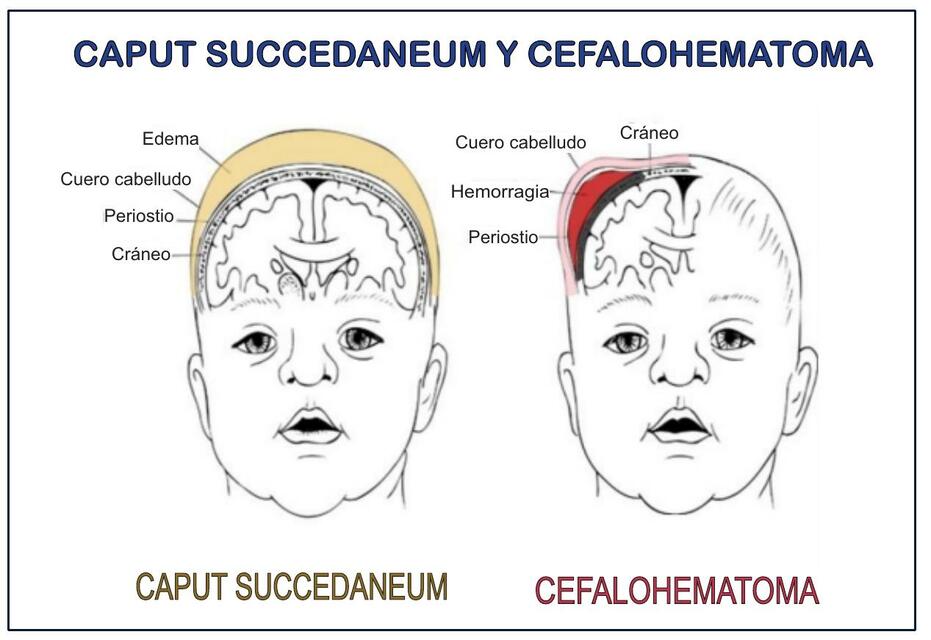Introduction
Welcoming a newborn into the world is a joyous occasion, but it also comes with its share of concerns for parents. One such concern is the health of the baby, and specifically, any unusual conditions that may arise. Two terms that often cause confusion among parents are “caput succedaneum” and “cephalohematoma.” These are conditions that can lead to head swelling in newborns. In this article, we will delve into the differences between these conditions, their causes, symptoms, and treatments, and provide insights on when it’s time to consult a medical professional.
Caput Succedaneum: What You Need to Know
Caput succedaneum is a condition that occurs in newborns shortly after delivery. It’s a swelling of the soft tissues on top of the baby’s head, typically due to pressure exerted during the birthing process. The condition is usually harmless and tends to resolve on its own within a few days. Here’s what you should know:
- Causes: Caput succedaneum is primarily caused by the pressure exerted on the baby’s head during delivery. This pressure can lead to the accumulation of fluid between the baby’s scalp and the bones of the skull.
- Symptoms: The most common symptom is a soft, puffy swelling on the baby’s head, often accompanied by mild bruising. The swelling can be significant and may extend across the midline of the skull. However, it’s important to note that caput succedaneum doesn’t cause harm to the baby’s brain or skull.
- Treatment: In most cases, no specific treatment is required for caput succedaneum. The swelling tends to subside on its own within a few days to a week. Doctors may recommend simple measures such as gently massaging the area and ensuring the baby is in a comfortable position.
Cephalohematoma: Understanding the Condition
Cephalohematoma is another condition that involves head swelling in newborns, but it differs from caput succedaneum in several ways. It occurs due to bleeding between the baby’s skull and the periosteum, a membrane that covers the bones. Here’s what you should know about cephalohematoma:
- Causes: Cephalohematoma is typically caused by trauma during delivery, such as pressure from the mother’s pelvis or the use of medical instruments like forceps. The bleeding occurs beneath the periosteum, leading to the accumulation of blood.
- Symptoms: The main symptom of cephalohematoma is a raised lump on the baby’s head, often noticeable a few hours after birth. Unlike caput succedaneum, cephalohematoma doesn’t cross the midline of the skull. The lump may feel firm to the touch and can range in size.
- Complications: While cephalohematoma itself is not usually dangerous, there is a risk of jaundice as the blood is broken down. Parents should monitor the baby’s skin for yellowing, which could indicate a rise in bilirubin levels.
Differentiating Between the Two
Distinguishing between caput succedaneum and cephalohematoma can be confusing, especially for new parents. Here are some key differences to help you understand each condition better:
| Feature | Caput Succedaneum | Cephalohematoma |
|---|---|---|
| Location | Covers the whole head, may cross midline | Limited to specific areas of the head |
| Swelling Type | Soft and puffy | Raised lump |
| Onset | Immediate after birth | Few hours after birth |
| Causes | Pressure during birth | Trauma during birth, instrument usage |
| Treatment | Typically resolves on its own | Usually resolves on its own, may require monitoring |
| Complications | None | Risk of jaundice due to blood breakdown |
When to Consult a Doctor
While both caput succedaneum and cephalohematoma are often harmless, it’s crucial to know when to seek medical attention. Consult a doctor if:
- The swelling doesn’t improve or worsens after a week.
- The baby shows signs of discomfort or pain.
- There are signs of infection such as redness, warmth, or pus.
- The baby develops jaundice.
FAQs
Q: Can caput succedaneum and cephalohematoma occur together? A: Yes, it’s possible for a baby to have both conditions simultaneously, though they are distinct from each other.
Q: Do caput succedaneum and cephalohematoma require surgical treatment? A: In most cases, surgical intervention is not necessary. Both conditions tend to resolve on their own.
Q: Is caput succedaneum more common in vaginal deliveries? A: Yes, caput succedaneum is more commonly observed in babies born through vaginal deliveries due to the pressure exerted during passage through the birth canal.
Q: Can cephalohematoma lead to brain damage? A: No, cephalohematoma itself does not cause brain damage. It’s important to monitor for complications and jaundice, which can indirectly affect the baby’s health.
Q: Are there any preventive measures for these conditions? A: Preventive measures are limited as these conditions often result from the birthing process. Ensuring proper medical care during delivery can minimize the risk.
Q: How can I provide relief to my baby if they have caput succedaneum or cephalohematoma? A: Keeping your baby comfortable and avoiding pressure on the affected area can provide relief. Always consult a healthcare professional for guidance.
Conclusion
Understanding the differences between caput succedaneum and cephalohematoma can alleviate concerns for parents of newborns. While both conditions can lead to head swelling, they have distinct causes, symptoms, and outcomes. In most cases, these conditions resolve on their own without requiring surgical intervention. However, it’s important to monitor your baby’s health closely and seek medical attention if there are any signs of complications. By staying informed and seeking proper medical guidance, you can ensure the well-being of your precious bundle of joy.





